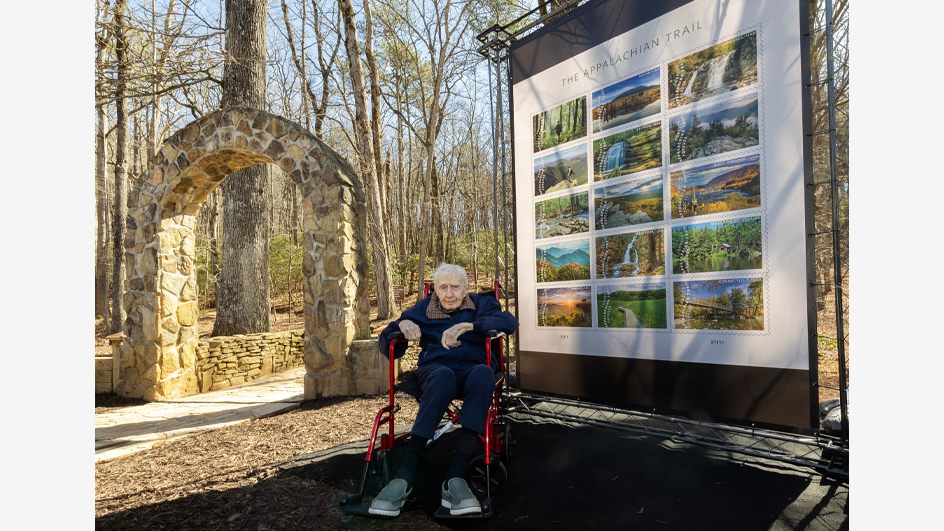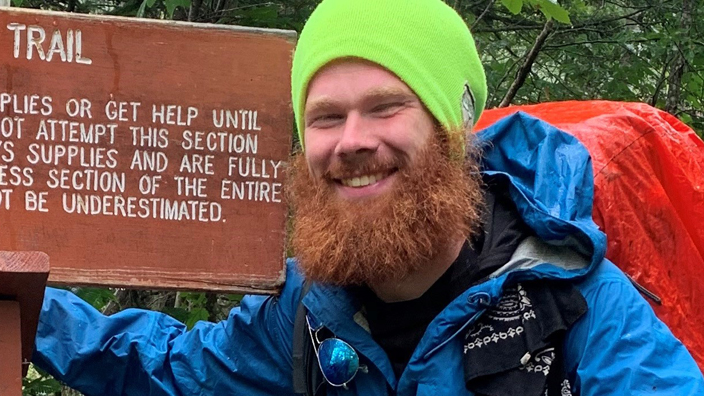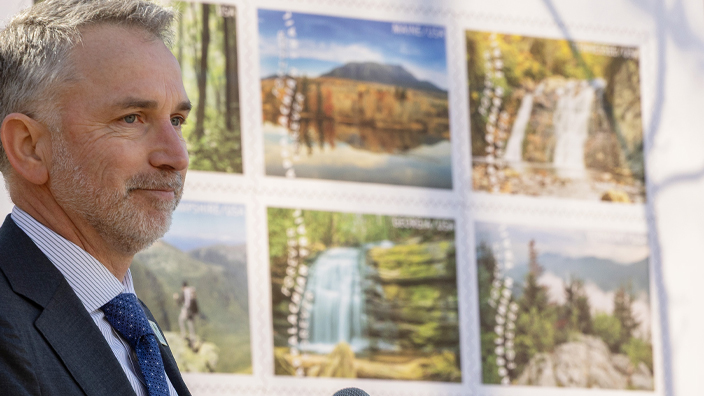In 1951, a 24-year-old Gene Espy hiked the Appalachian Trail — the second person to accomplish that feat.
“I had one goal — to see God in nature,” he said.
But before he took that 2,000-mile-long walk, Espy worked for the Post Office Department — the predecessor to USPS — in the late 1940s while he was in college.
He was a substitute carrier at the Cordele, GA, Post Office during the summers, and at Christmastime, he’d deliver Special Delivery letters on his bicycle.
Now 98, the retired aeronautical engineer has a history of trailblazing.
At 16, he completed a 740-mile endurance ride on his bicycle, and he later rode a motorcycle up Georgia’s Stone Mountain, the largest slab of exposed granite in North America.
“He made his own water skis, built his own sailboat, and explored caves all throughout the Southeast,” said Eugenia Espy, his wife of 71 years.
After college, Espy turned his attention to hiking the then newly created Appalachian Trail. Vegetation was overgrown, trail markers were sparse and bushwhacking was a necessity.
“The trail wasn’t originally designed to be done in one shot, but he could create solutions to any type of adversity, and this gave him the courage to set out on that hike,” said Jane Gilsinger, Espy’s daughter.
During his hike, Espy paused for sunrises and sunsets, delighted in the wildflowers, and veered off on side trails so he wouldn’t miss anything noteworthy.
He would also periodically leave the trail to visit local Post Offices to mail postcards to family and to get supplies that he and his parents had sent ahead.
After completing the hike in 123 days, Espy mailed a postcard to his parents to let them know he had made it.
In 2008, Espy published an autobiography, “The Trail of My Life,” chronicling his adventures. He later was one of the first six people inducted into the Appalachian Trail Hall of Fame.
In February, he attended the dedication ceremony for the Postal Service’s new Appalachian Trail stamps in Dawsonville, GA.
“He became an icon of the Appalachian Trail, and it’s been that way ever since,” Gilsinger said.



